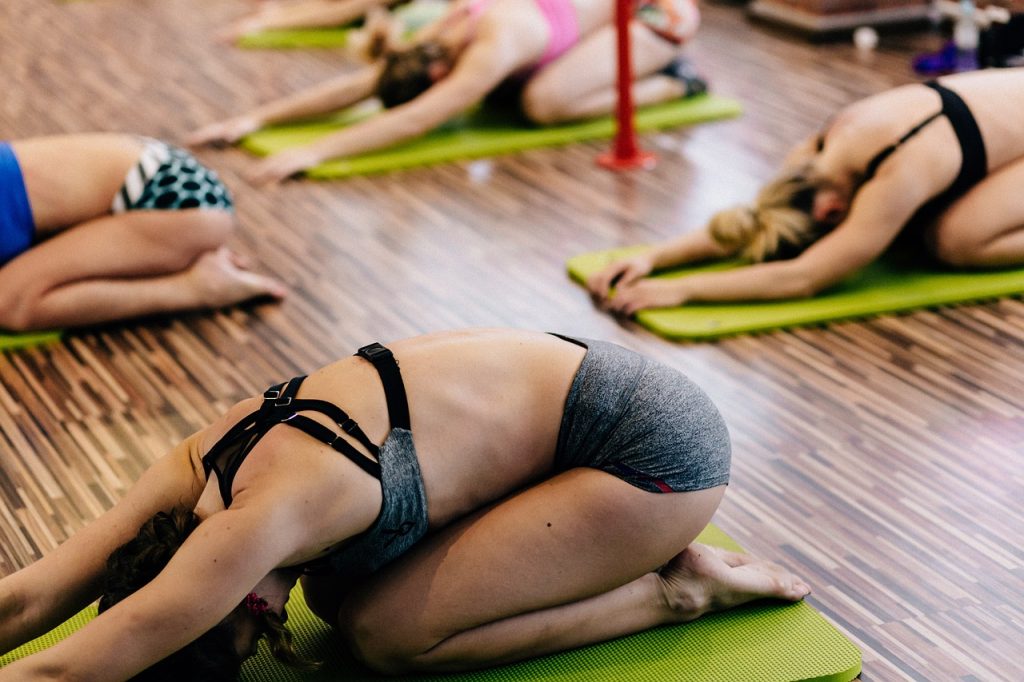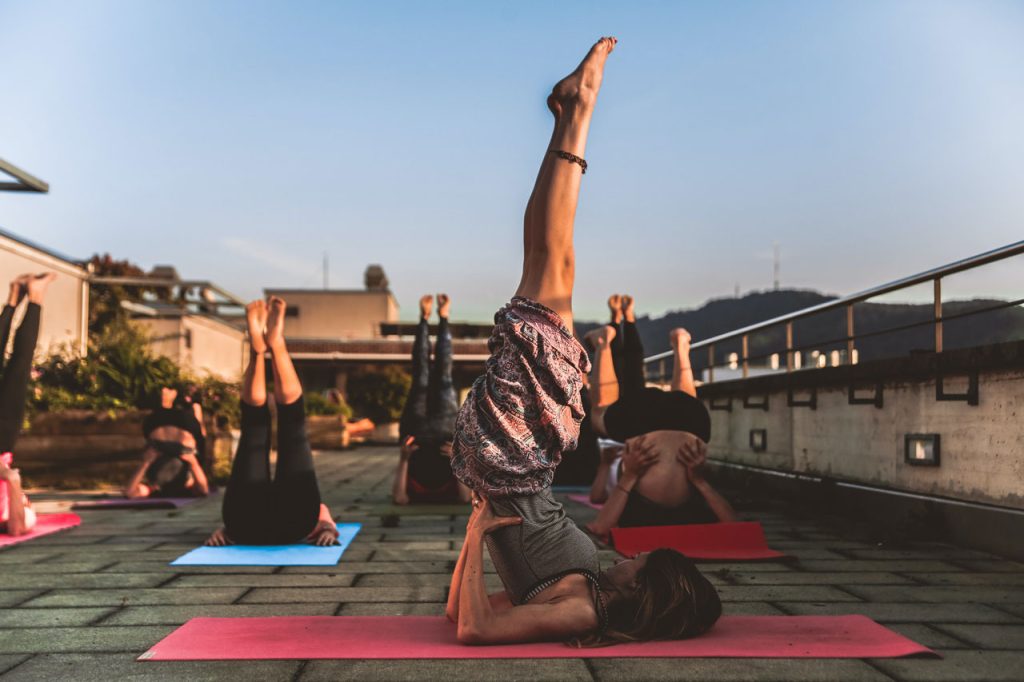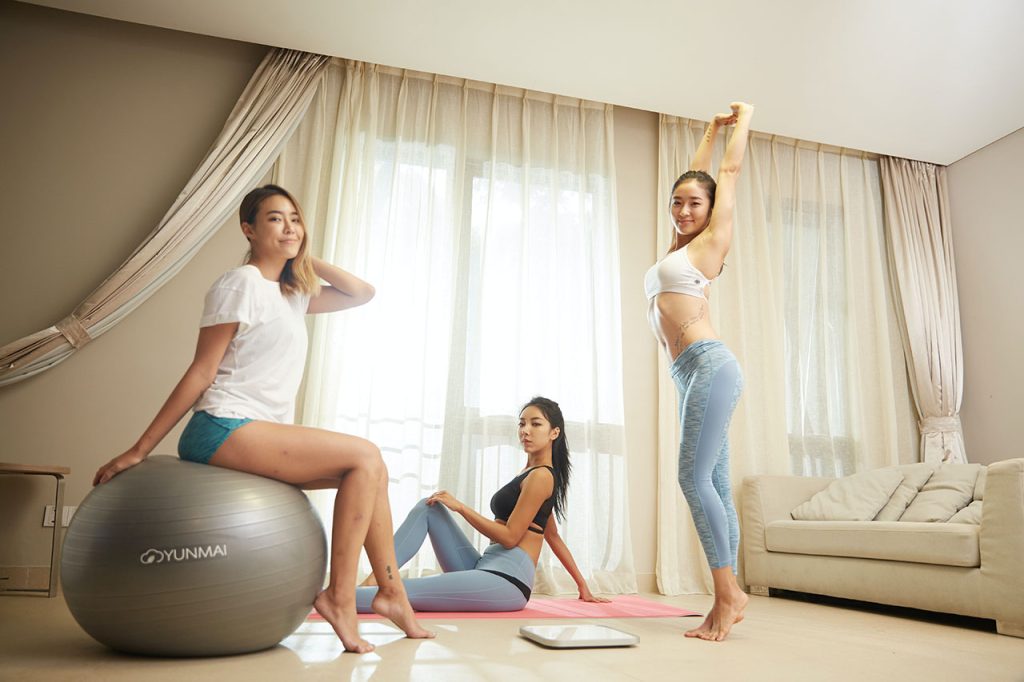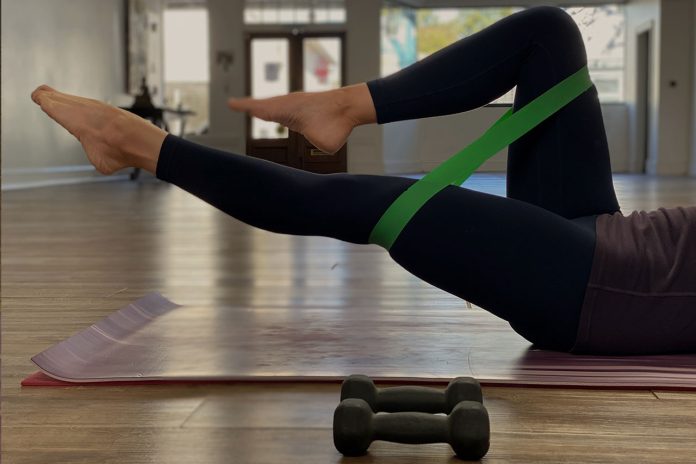While mats, blocks, and blankets are more ubiquitous, the humble yoga belt is a powerful prop that can elevate your practice. Beyond just assisting difficult poses, the yoga belt strengthens proper form, prevents injury, provides support in challenges, and helps yogis of all levels dig deeper. This simple strap may seem unnecessary to novice practitioners, but it truly optimizes alignment, stability, and flexibility when used skillfully. Read on to learn how integrating a yoga belt can correct technique, intensify stretches, and take your poses to the next stage.
Table of Contents
You may also want to know: How to Start a Yoga Practice
Promoting Proper Alignment
One of the yoga belt’s most helpful features is providing tactile feedback to prevent poor form and alignment issues, especially for newer students. By looping the belt around adjacent body parts, the prop connects you to proper form. For example, binding the belt around the thighs and feet in a seated forward fold promotes an engaged, neutral spine versus rounding.
The strap also prevents overarching strain in backbends when bound behind your back. Wrists stay stacked over elbows in plank pose when connected by the belt. The snug belt activates awareness, acting like an external spotter to keep your body in optimal poses. With regular use, your mind-body connection strengthens.
Intensifying Stretches Safely
Yoga belts allow you to safely access deeper stretches by providing stability as you lean into intense but controlled openings. Binding the strap around the ball of a foot when extending into splits gives just enough assistance to prevent overexertion. The foot has an end range to hug into.
For seated forward folds, the taut belt offers gentle guidance to walk the fingertips beyond your toes into a fuller shoulder and upper back stretch. Using the belt as a tool for stability enables deeper yet sound flexing of the hips and hamstrings. The prop takes you right to your edge.

Adding Support in Challenges
In addition to aiding flexibility, yoga belts provide helpful support in balances like tree pose or poses requiring binding, such as threading the needle shoulder stretch. Standing on the center of the strap improves tree stability and form. Using the belt as a bind prevents shoulder strain and improper torque that could occur when grabbing hands solo.
The strap also assists arm and hand positions during inversions. Looping a belt around the upper forearms keeps proper alignment in handstands and pincha mayurasana. Binding palms together in Garudasana with the strap keeps wrists properly stacked. The support enables challenging poses done correctly.
Reinforcing Mind-Body Connection
The external sensation of the strap provides a point of focus to keep awareness internal, especially for tactile learners. Following the strap’s path throughout a flow maintains concentration. The pull of the prop keeps your mind present.
Binding increases inner connectivity as you actively flex or extend into the strap’s resistance. With external support, attention shifts in to deeply engage the stabilizing and mobilizing muscles instead of superficial tension. The belt magnifies your mind-muscle link to access power deeper inside.
Preventing Injury
Forces beyond your muscles’ current capacity in areas like the shoulders and lower back can lead to gradual, cumulative damage over time. Yoga belts allow you to only extend as far as your body safely permits in vulnerable poses, removing the risk of any end-range joint or muscle stress.
Wrists stay stacked over elbows when bound in planks, protecting joints. Strapping the feet in splits removes the likelihood of overexerting the hamstrings before ready. The belts act like bumper guards to keep your elongation pain-free and sustainable. Gradual, supported progress prevents injury.

Building Confidence in Challenges
The assistance and stability of yoga belts allow newer yogis to comfortably attempt more advanced poses under control. For example, binding the hands with a strap lends the courage and capacity to progress into arm balances like the crow pose. The sturdy prop builds trust.
Having the belt to hug into removes the fear of falling in postures like the dancer’s pose and tree pose. The strap reassures your mind that the pose can be safely explored and mastered over time. Performing newly challenging asanas with a belt rapidly boosts confidence and skills.
Accessibility for All
The adaptive nature of yoga belts makes the benefits of poses accessible to a wider range of students. Practitioners recovering from injuries can safely perform movements using a belt that might otherwise strain healing areas. The sturdy strap provides joint protection.
Elderly students or those with conditions like arthritis also rely on the stabilizing support of straps to achieve proper extension and prevent pain. Expectant mothers use belts to safely get a deep stretch without overbalancing. Yoga belts enable more people to build strength, flexibility, and balance.
Take Your Practice Higher
From professional yogis to beginners, the deceptively simple yoga belt has the capacity to transform your asanas when used regularly. The strap promotes proper alignment, intensifies stretches, lends stability, connects mind and body, prevents injury, builds confidence in challenges, and accommodates various abilities. Keeping this versatile prop nearby will enable you to progress deeper into poses, optimize technique, and take your practice to the next level.

Related Links:
https://en.wikipedia.org/wiki/Yoga



